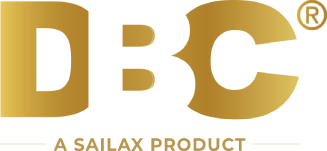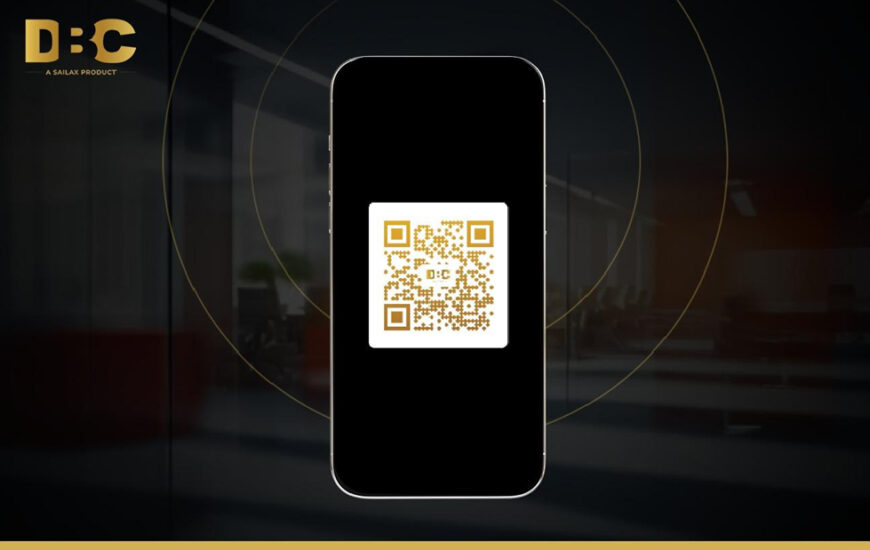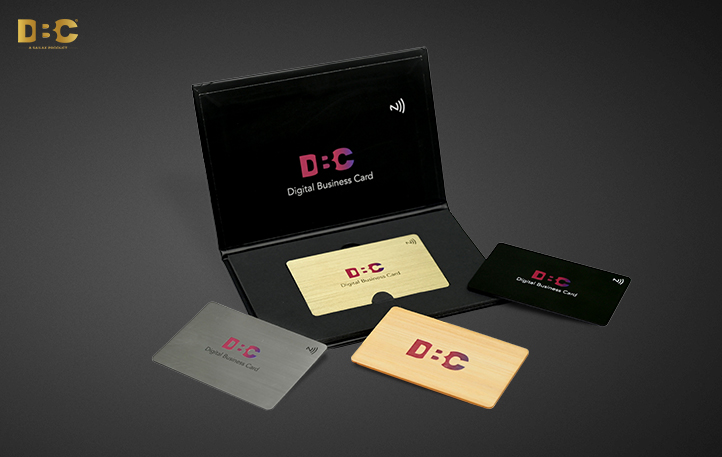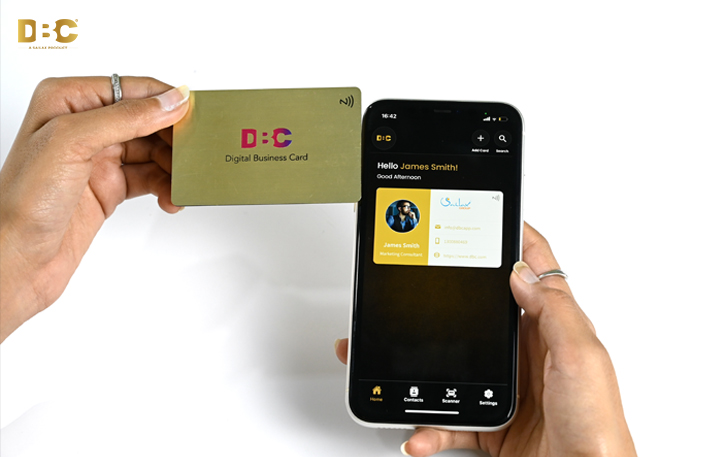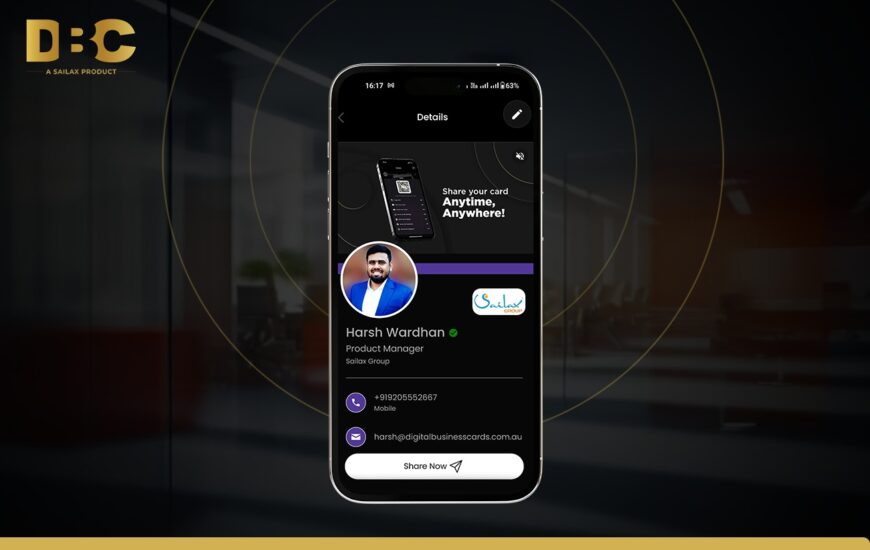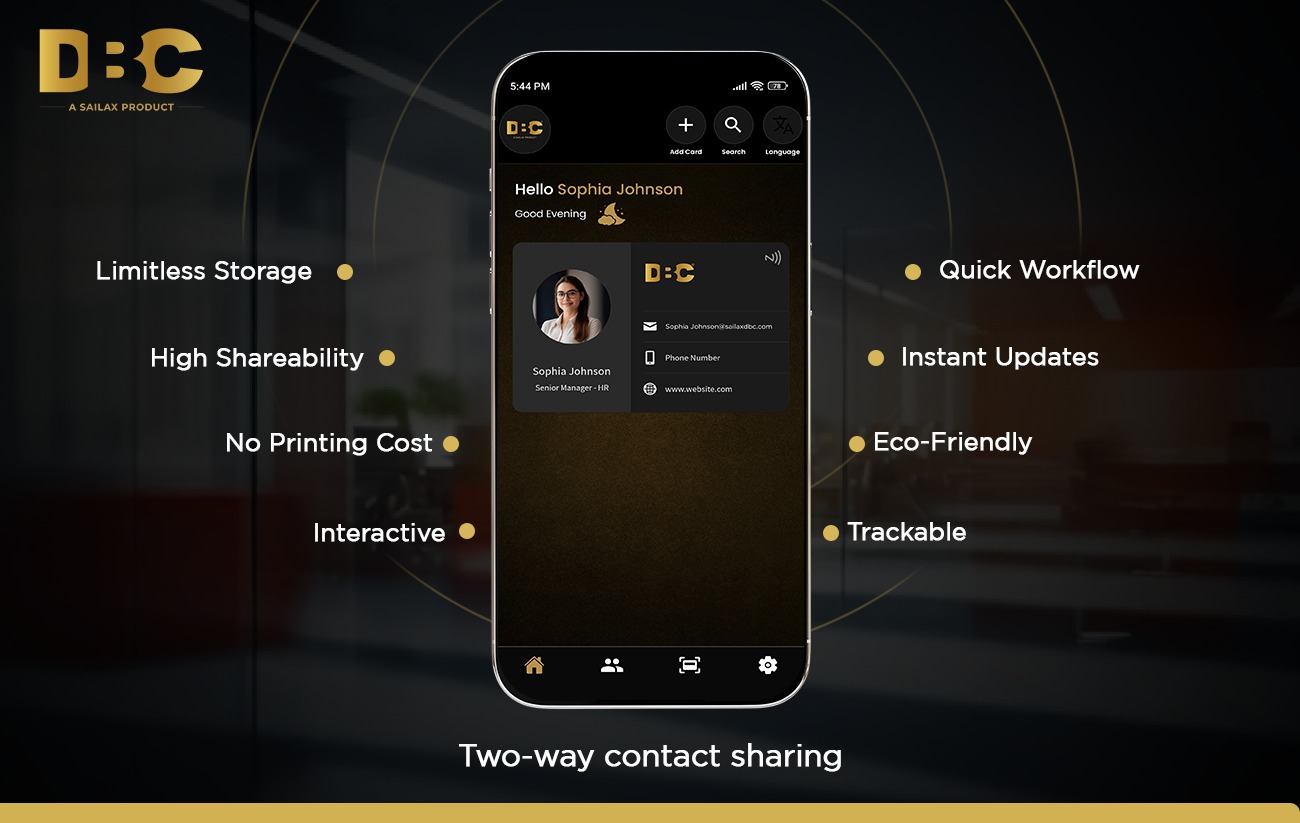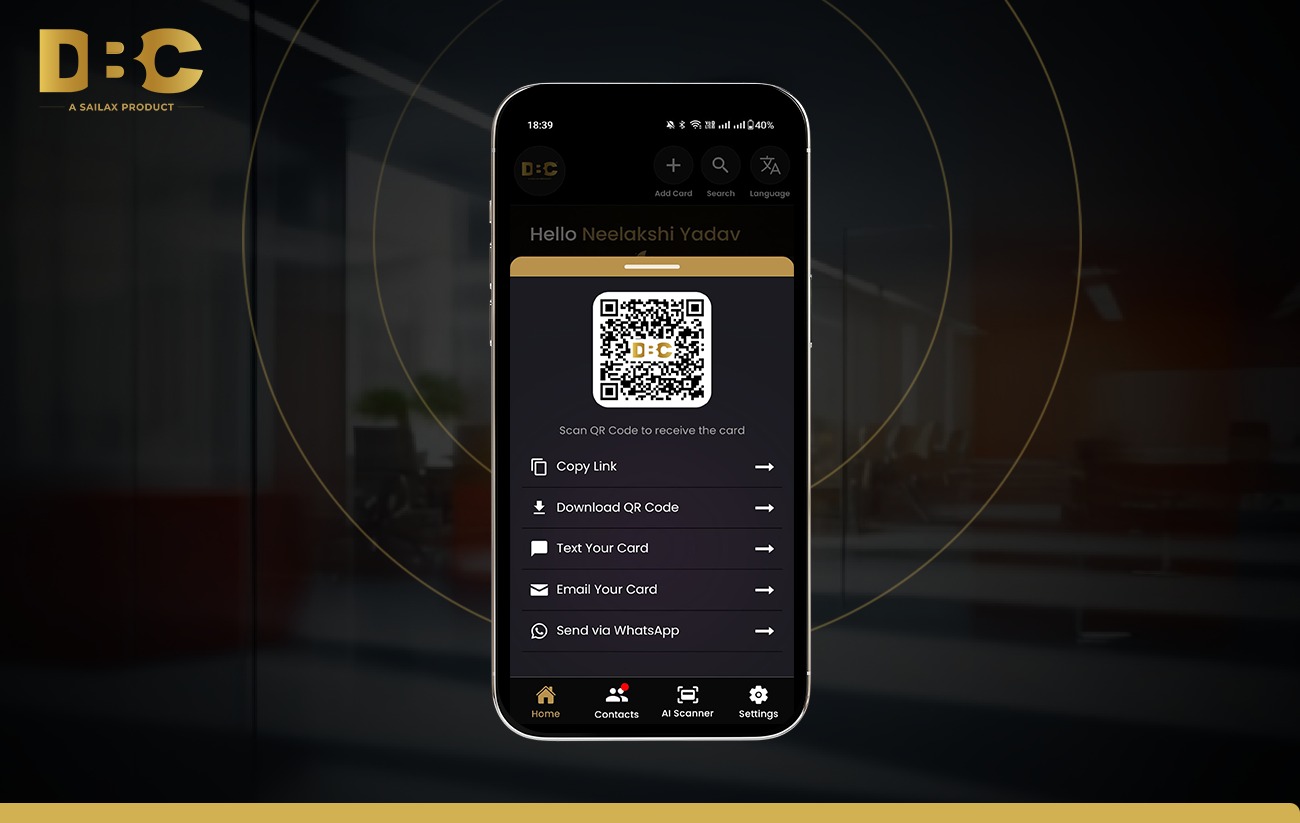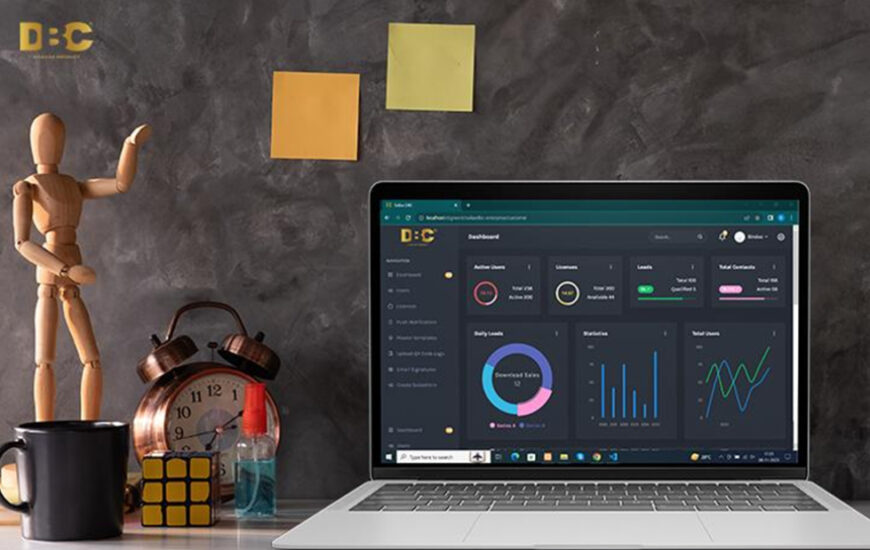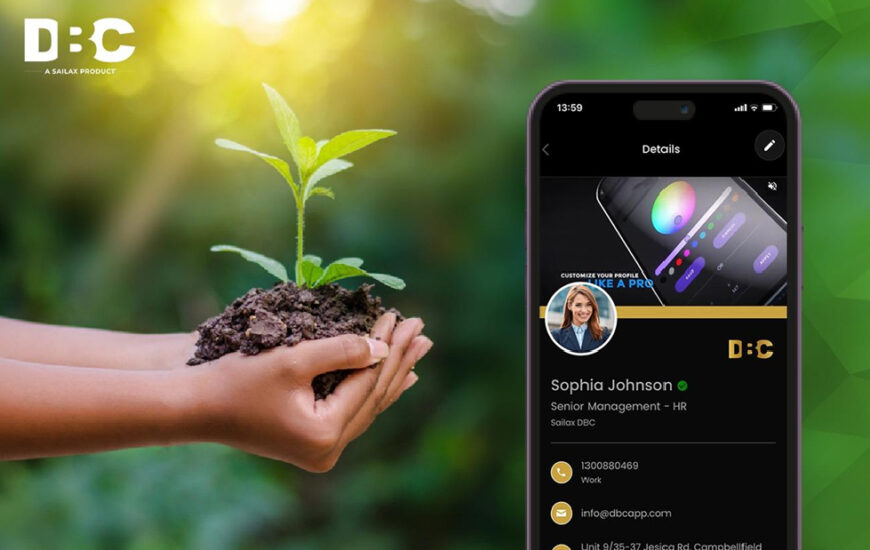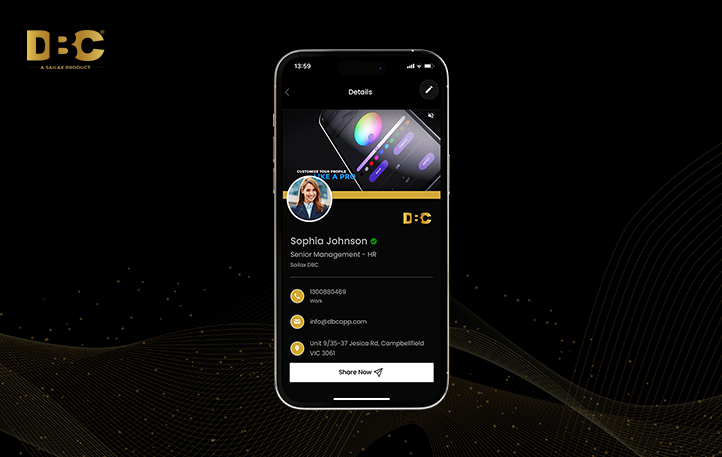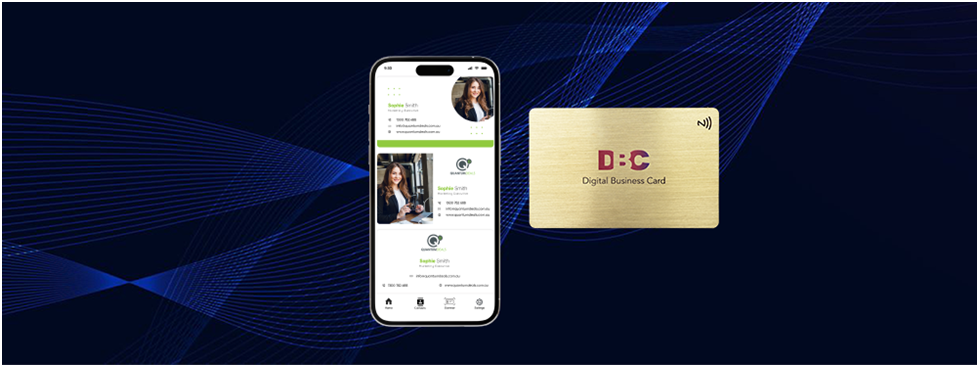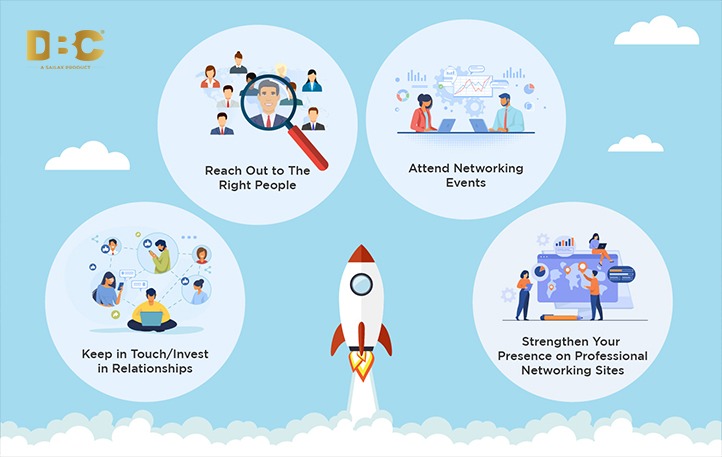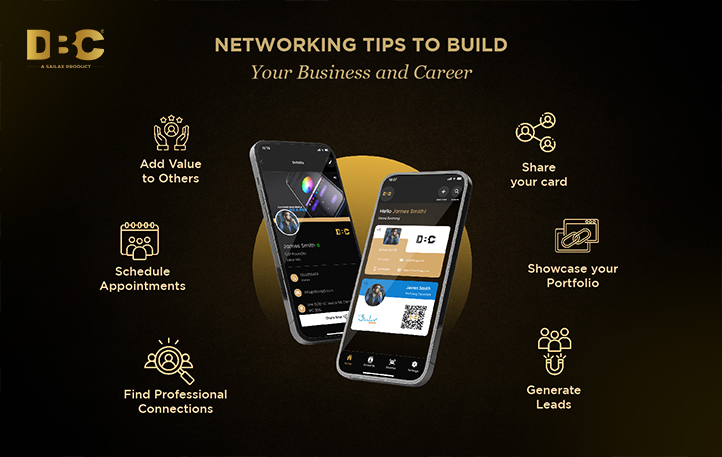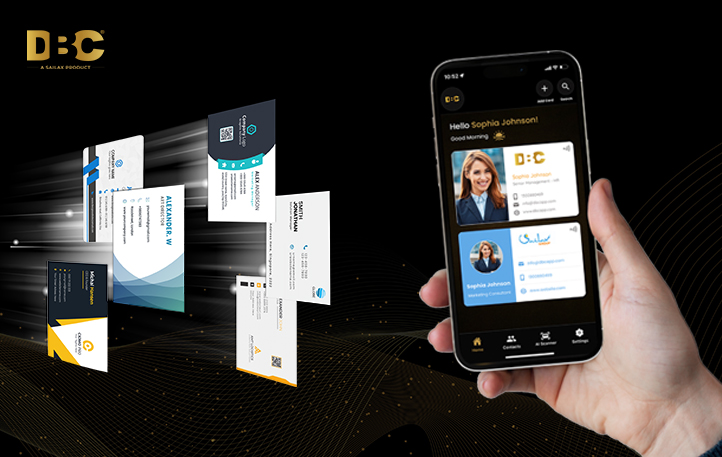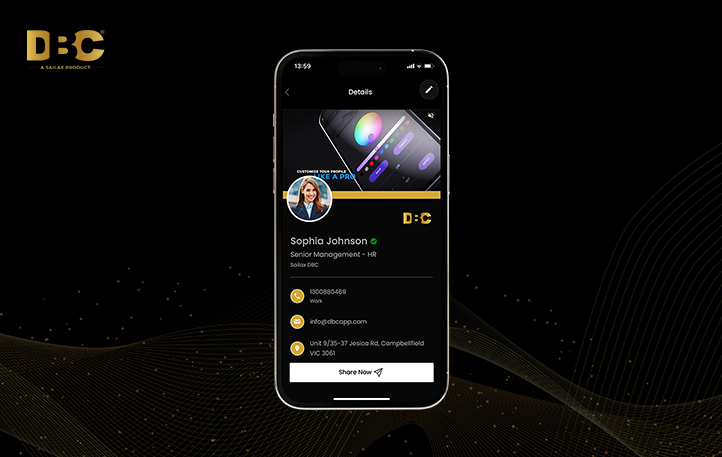The QR Code Debate- Enhancing or Diminishing Business Card Effectiveness?
Every day, millions of digital business cards are made, but shockingly, only 12% of them make it past the first week after being exchanged. That’s a lot of paper cards being tossed away within just seven days.
These staggering numbers lead business owners to wonder how to ensure their cards are among the lucky few that stick around. Sailax Digital Business Cards are a revolutionary solution in the world of professional networking. In a realm where print visiting cards often meet a swift fate, Sailax DBC brings forth a dynamic and contemporary approach. Say goodbye to the limitations of paper cards, as Sailax Digital Business Cards usher in a new era of connectivity and convenience. Let’s embark on a journey to explore the innovative features that set Sailax apart in the ever-evolving landscape of digital networking.
Today, let’s dive into the intriguing world of business cards and the buzz around QR codes. Are these funky squares enhancing or diminishing the effectiveness of our trusty digital business cards? Buckle up as we unfold the QR code debate in all its simplicity and conversational glory.
The Business Card Ballet
Picture this: you’re at a networking event, exchanging business cards like a pro. It’s a ballet of handshakes, smiles, and that satisfying ‘thwap’ sound as your card lands gracefully into the hands of a potential connection. But wait, here comes the QR code, ready to come into the spotlight.
The Rise of the QR Code
QR codes, those little black-and-white boxes, have infiltrated our lives – from restaurant menus to advertisements. Now, they’re eyeing our beloved business cards. The question on everyone’s mind: Are they a game-changer or a party crasher in the world of professional networking?
Enhancing the Business Card Experience

Let’s start with the optimistic side of the QR code saga. Supporters argue that these squares bring a tech-savvy twist to the print visiting card. By incorporating a QR code, you can seamlessly link your physical card to your online presence. It’s like giving your card superpowers – a digital gateway to your portfolio, LinkedIn profile, or even a snazzy video elevator pitch.
Imagine handing out your card, and with a quick scan, your new connection has access to your entire professional universe. It’s efficient, it’s modern, and it saves the hassle of manually typing in a website or searching for your LinkedIn profile. The QR code becomes a bridge between the tangible and digital aspects of your professional identity.
The Downsides of QR Codes on Business Cards
Now, let’s tap our feet on the sceptical side of the debate. Some argue that QR codes might be overstepping their boundaries on business cards. Critics point out that not everyone is well-versed in the art of QR code scanning, and there’s a risk of the whole experience feeling impersonal.
Think about it – when was the last time you scanned a QR code outside of a restaurant menu? If it’s been a while, you’re not alone. Critics question whether QR codes might be a bit too much tech for the average business card exchange, potentially leading to missed opportunities if your new connection isn’t QR-savvy.
The QR Code Evolution
But hold on, there’s a plot twist! QR codes have evolved beyond their basic black-and-white form. Now, they come in vibrant colours and customizable designs, making them more visually appealing. This evolution might address the criticism of QR codes looking bland and uninviting on a business card.
With personalized QR codes, you can integrate them seamlessly into your card’s design, ensuring they become an aesthetic extension rather than an awkward appendage. The evolution of QR codes may be the secret sauce to making them more palatable for print visiting cards while maintaining their functionality for tech enthusiasts.
Navigating the Tech Divide
As we tread the fine line between traditional and tech-savvy networking, it’s crucial to consider the tech proficiency of your audience. Younger professionals might welcome the QR code with open arms, while more seasoned networkers may prefer the classic exchange of physical cards.
It’s all about finding the right balance. Some argue for a dual approach – offering a print visiting card for those who prefer the tangible exchange and a QR code option for those who prefer a DBC. This way, you’re ready to cater to all tastes in the diverse landscape of professional networking.
Measuring the Impact: Pros and Cons
Let’s break down the pros and cons for a clearer picture:
Pros
- Efficiency: QR codes streamline the process of connecting digitally, saving time and effort.
- Multimedia Integration: QR codes allow for multimedia additions like links to portfolios, videos, or dynamic content.
- Eco-Friendly: Going digital can be seen as a more environmentally conscious choice, as it reduces the need for physical cards.
Cons
Tech Barrier: Not everyone is comfortable or familiar with QR code scanning.
Impersonal: The digital exchange might feel less personal compared to the traditional handover of a print visiting card.
Visual Aesthetics: QR codes can clash with the design of a business card if not integrated thoughtfully.
The Middle Ground – A Hybrid Approach
As the debate rages on, a middle ground emerges – the hybrid approach. Why not have the best of both worlds? Maintain the charm of print visiting cards while embracing the digital convenience of QR codes.
Consider a business card design that incorporates a subtle QR code in addition to your essential contact details. This way, you provide options for your new connections – they can go old-school and use the physical card, or they can embrace the tech wave and scan the QR code for a deeper dive into your professional world.
QR Codes, Yay or Nay?
So, where do we stand in the great QR code debate? The answer lies in striking a balance that suits your networking style and audience preferences. QR codes have the potential to enhance the business card experience, but their effectiveness depends on how seamlessly they integrate with your networking approach.
As you navigate the dance between tradition and technology, consider your audience, stay true to your style, and maybe, just maybe, let that QR code pirouette its way into your business card repertoire. After all, in the evolving landscape of professional connections, a little tech-powered twirl might be just the thing to set you apart. Happy networking!
FAQs
1. Should I include a QR code on my business card, and how does it enhance the networking experience?
Including a QR code on your business card is a personal choice. It enhances the networking experience by providing a quick digital connection, allowing recipients to access your online presence effortlessly. However, it’s essential to consider your audience and their familiarity with QR code scanning.
2. Are QR codes still relevant in the age of advanced networking technologies, or are they considered outdated?
QR codes have evolved beyond their initial limitations and are still relevant today. With customizable designs and increased functionality, they offer a bridge between traditional and digital networking. However, their effectiveness depends on the audience and the context of their use.
3. How do I address concerns about the impersonal nature of QR codes on business cards?
To combat the perception of impersonality, consider a hybrid approach. Integrate a subtle QR code alongside traditional contact details on your business card. This provides recipients with options, allowing them to choose between a traditional exchange or a digital connection, catering to diverse preferences.
4. What are the potential drawbacks of incorporating QR codes on business cards, and how can I mitigate them?
One potential drawback is the tech barrier, as not everyone may be comfortable with or accustomed to QR code scanning. To mitigate this, offer a dual approach – provide a print visiting card for those who prefer tangible exchanges and a QR code option for tech enthusiasts. This way, you cater to various preferences within your professional network.
